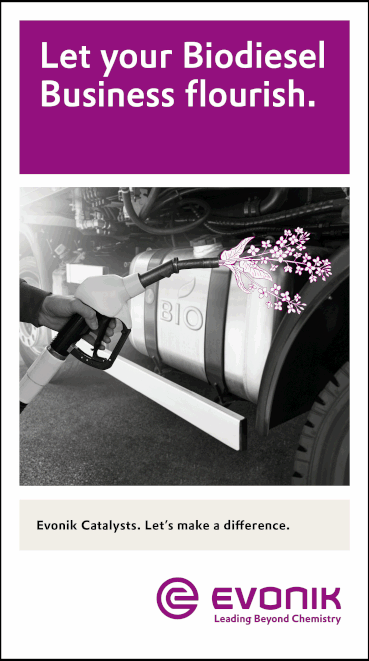Automation Integration: Do It Right the 1st Time
- Ron Kotrba

- Jun 7, 2023
- 4 min read

If you don’t, then prolonged delays in start-up, as well as poor reliability and profitability in operations, will likely follow.
The last situation a project developer wants to encounter is monthslong delays in starting up a new plant due to inadequate integration of their automation systems. But that is precisely what can happen when International Society of Automation standards are not followed, says Matthew Helle, owner of Helle Engineering. Shortcuts and cheap fixes often lead to long, expensive delays.

“One company fought us tooth and nail on the ISA standards,” Helle says. “They questioned me on how long it would take to commission their plant. I told them, ‘First, we need to do loop checks.’ The project manager said, ‘What’s a loop check?’”
The shocking truth, according to Helle, is that many vendors and producers don’t know—or don’t care—ISA standards exist. “We have to let them know there’s a standard for this,” he says. “Reliability is a key thing.”
A loop check is required to test instrumentation end to end, making sure the transmitter’s calibrated range matches the range in the controller and human-machine interface (HMI).
“This particular customer didn’t want to follow ISA standards because of the money it would cost them,” Helle says. “Based on the IO count, I told them it would take us 12 to 14 weeks working 12-hour days. They chose not to perform loop checks and wanted it done in two weeks. It ended up taking them 18 months to get their plant running. This was only after the customer conceded and loop checks were completed. If you do it right the first time and follow standards, then, first and foremost, people don’t get hurt, second, you don’t harm the environment, and third, you can run your plant reliably and profitably. If you don’t follow ISA standards, you can have a very bad day—a very bad year, in fact.”
Helle has been providing automation-integration services for a quarter century. “I have a passion for this,” he says. “We try to do our job the best we can as engineers to ensure we don’t harm people and the environment. That’s our duty.” He’s worked for big-name companies over the years too. “I know what goes on in the biofuels industry and it can hurt and kill people,” he says.
What Helle Engineering provides may sound simple—a common user interface for plant operators—but it is anything but that. “In a manufacturers’ environment, they are buying different process skids from different vendors, and those skids do different things—whether its stripping CO, O2, H2S or distillation,” Helle says. “They buy separate pieces and put them together. That’s how they develop their plants. Along with that comes different controllers from every vendor they choose. They all have different HMIs, different programmable logic controllers (PLCs), and when operators try to run the plant with different user interfaces, that’s a problem. Normally they’re not following ISA standards. When we go to implementation, we follow the standards for loop checks graphics and automation controls. We write the logic based on process-control narratives and develop a common user interface. For the operator, it looks the same— uniform—at his or any another plant. This way, they know the alarm philosophy and what the difference is between critical and general alarms. We also provide first-out logic from each vendor skid so they know what tripped the plant.”
When Helle Engineering programs PID controllers, it utilizes current process values to identify problems in the process. “It’s all about throughput, how much you can push through the process to make finished product,” Helle says. “We call it loop tuning. We fine-tune temperature, pressure and flow controllers—we tune them properly and make the process more efficient to where a control valve is not oscillating as much. If the valve output is showing a sawtooth pattern, it’s not tuned properly. What you want is the valve making small moves—just millimeters. That means PID control logic is controlling the process and it’s in tune and working properly. When you optimize, you get more throughput. And constant throughput means reliability and profitability.”
Helle Engineering offers 24/7 support for everything it does. The company even supports systems provided by other integrators. “We have a customer in one state at whose plant the controls were developed by someone else, and we provide system support,” Helle says. “Their support costs are astronomical. But we wrote the controls for the same customer in a different state, and their support costs are 10 times less. We are not afraid to support what we write because we’re not going to put out a bad product.”
When it comes to automation integration, the Spanish saying, “lo barato sale caro,” which translates to English as “the cheap turns out expensive,” is so very true. “If you want reliability, if you want profitability, and if you want it done right, come talk with us,” Helle says. “If you don’t, then you can shop the world for the cheapest programmer, and they may get your interface up and running—but let’s see how you do over a year or two and what your profitability looks like when your system is crashing every day or week, or when you can’t maintain good flow because they didn’t tune your valves properly.”

Author: Ron Kotrba
Editor, Biobased Diesel™
218-745-8347


































